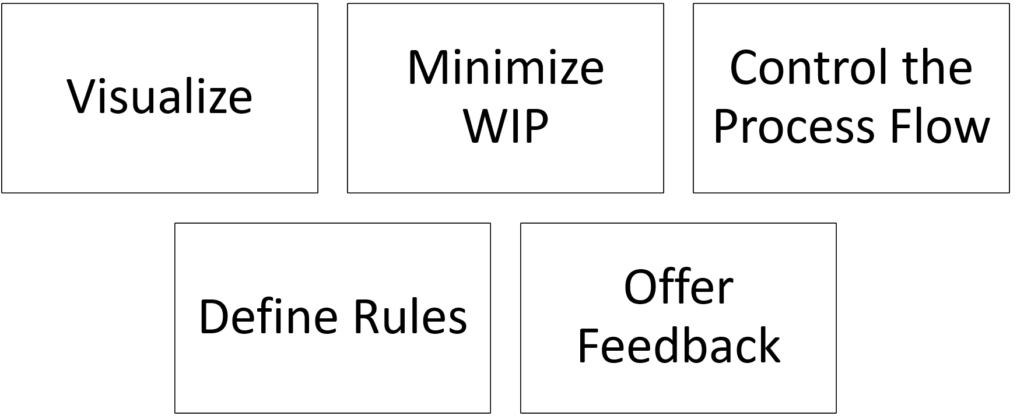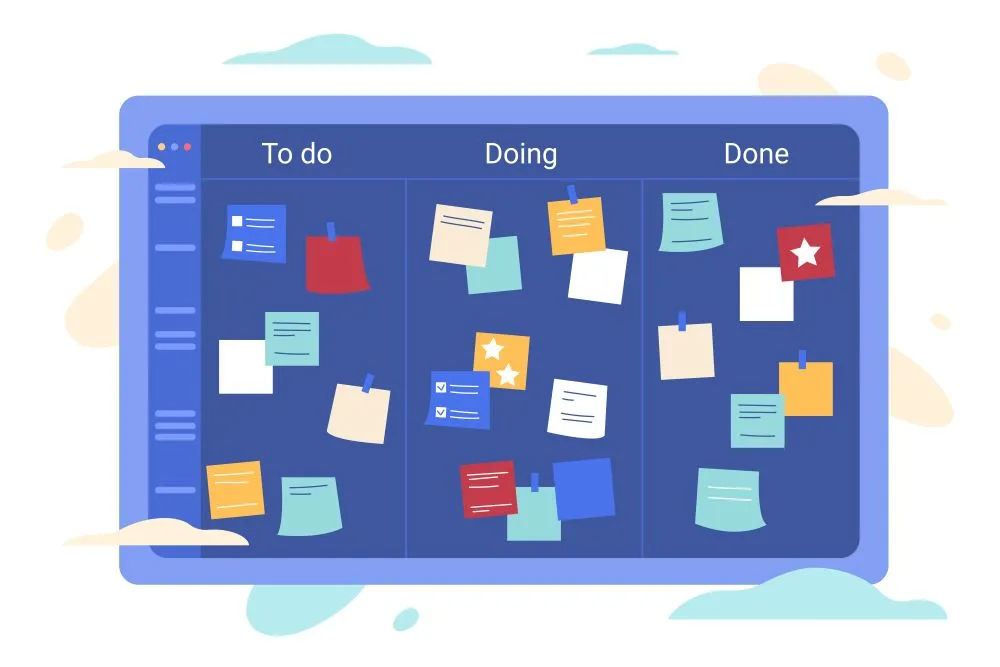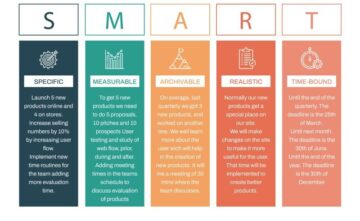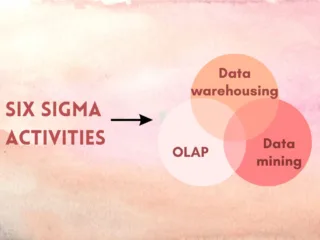Kanban, in simple terms, is a visual tool that increases the efficiency and effectiveness of the work or a process. Have you ever used an online platform called Trello? It is a virtual board that categorizes our day-to-day activities and tracks their status. Kanban, popularly referred to as kanban boards or kanban cards, keeps track of various activities involved in executing a particular operation.
It is significant in multiple industries like manufacturing, testing, software, services, etc. We can even carry out our daily affairs in a timely manner using Kanban. The purpose of this article is to explain the concept of Kanban and how it improves overall process flow.
What is Kanban?
Kanban is a Japanese word first used in the Toyota production system. The intent of kanban cards was to limit the work-in-progress (WIP) inventory. Since then, it has become a core of every manufacturing system. Kanban can appear in two forms:
- Kanban Cards: These indicate the need to transfer materials or products in a facility or from the supplier to the manufacturing plant. In a more general sense, it displays the status of a particular assignment.
- BIN System: Popularly, a three-bin system is used: one on the shop floor, the second one at the store department, and the third one at the supplier’s end. These bins consist of all the relevant product details. When a bin on the shop floor is empty, it is sent to stores. Then, stores replace it with a full bin and its card. The empty one is later shipped to the supplier. Finally, the Supplier delivers the full bin with their card and keeps the empty bin with him. This is how the cycle works. As a result, the process will never run out of product and will always produce the exact amount needed avoiding the excess supply.

There are five methods to effectively utilize kanban in any system:
- Visualization of the process
- Minimizing WIP
- Controlling the process flow
- Defining your own rules
- Giving timely feedback

Also read, the 15 most valuable terms to understand ISO 9001:2015.
Visualization of the process
Typically, employees are assigned work, and they try to complete it. In reality, they lack knowledge about their work, its scope, the required duration, and the degree of accuracy for that particular task. If we are not familiar with the process flow and work system, we cannot pinpoint the improvement areas and hence, cannot delight the customers. Seeing the work visually allows you to discover relationships during the process, thus enabling better decision-making. The noticeable aspects of manufacturing physical products are overcrowded warehouses, poor quality, or warning signs from machines.
Minimizing WIP
Work-in-process plays a key role in achieving efficiency. The effective system starts with a limited amount of work and determines the achievable WIP limit. As per the Kanban slogan, new work cannot be started until the previous work is finished. According to the simple ideology, one completely finished (100%) task adds more value than ten pieces of work that are only partially completed.
Controlling the process flow
Managing workflow or the process flow is directly related to visualizing the steps involved in the work. It drives the movement of items from one stage to another in a smooth way. The tools used in this method help to understand and analyze the improvement suggestions through visualization techniques.
This process flow control is vital for customer satisfaction. It focuses on optimizing the work rather than the workforce.
Defining your own rules
Kanban is a mix of procedures and rules. Everyone involved in the function should recognize and document the target process to work together for further improvement. Existing systems can be misleading sometimes, so it is crucial to change the process if it no longer makes sense. Definite rules improve collaboration as well. These approaches become the focus of discussions, and people concentrate on discovering answers to the pinpointed issues.
Giving timely feedback
Change often implies progress, but not every progress signifies change. A quick response or feedback is critical to specify the outcome of a change. It is advisable to have regular discussions, meetings, and revisions to facilitate the sharing of information between participants. The system should be updated or adjusted instantly based on real-time facts. By regularly providing feedback, it is possible to improve something earlier instead of having to fix it later.
Refer to our post on the 4 Best Strategies to implement Lean Manufacturing to learn various tools like Kanban, 5S, Kaizen, etc.
Real-life example using kanban
Understanding any concept requires its utilization in our real-life scenarios. Suppose, our job is to manage this website and write several blogs according to the requirement. Firstly, we will categorize our current work and future tasks. Additionally, we will keep a record of completed assignments. See the below table for reference:

We have classified our writing tasks into three major classes: To Do, WIP, and Done. WIP is again divided into writing, editing, and reviewing.
These boards may be virtual or physical boards with sticky notes. Just prepare a process flow according to the requirement and classify your work. Kanban boards can be implemented within a team, individually, or within a company. These boards offer the following benefits:
- Analysis of cycle times to improve average cycle duration.
- Limiting the amount of work in progress to eliminate waste.
- Utilization of resources.
Read our article on how to design the Six Sigma model using 5 elements to streamline the process.
Advantages of Kanban
- Ideal for situations involving uncertainty and variability.
- Cuts down on inventory by 25%-75%, thereby reducing costs.
- Real-time visibility makes bottlenecks evident. Hence, people collaborate to optimize the entire value chain, not just their own.
- Generally extends throughout the company including management and sales. This reveals the overall status of the organization.
- Visually organized workflow features allow the required items to be retrieved as quickly as possible and assist in ensuring the speed of the workflow.
Kanban in Agile
Kanban is getting a lot of popularity in agile and DevOps teams in the software industry. Teams can adapt to the overall work by matching work-in-progress tasks with the qualifications of team members. As a result, teams can plan flexibly, deliver quickly, focus clearly, and maintain clarity along the cycle. The only physical thing software teams need is a board and cards, and those can even be virtual. This is comparatively better than changing the physical processes and adding significant materials like on a factory floor.

If agile principles are combined with Kanban, it will result in agile kanban.
Kanban should be implemented with the sole intent of fulfilling customer requirements and achieving their satisfaction. Then, formulate a neat and labeled process/workflow. For successful execution, you should know all the principles, methods, and values associated with this approach. Providing a quality service to your customers requires a comprehensive view of the process, including placing orders, manufacturing, quality assurance, and delivery.
Take all these things into account and get ready to become more efficient and result-oriented.




[…] is the signaling process where Kanban comes into the picture. The customer gives the pull signal by removing the upstream production. […]
[…] Read more, top 5 principles that define the Kanban System […]
[…] products can be produced by using various quality tools like Kanban, Kaizen, 5S, […]
[…] Also, read the top 5 principles that define the Kanban system. […]